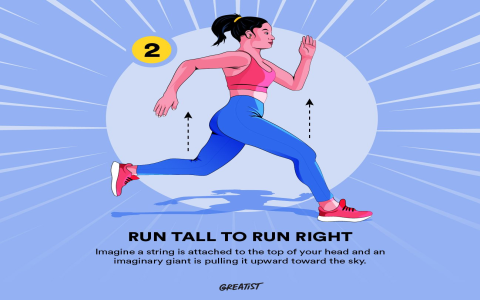Alright, let’s talk about rucking pace. When I first threw a pack on my back, I wasn’t thinking about speed. Not really. I just wanted to, you know, get out there and move with some weight. Seemed simple enough.

But then you start hearing things, right? People talking about hitting certain minutes per mile, or how fast they crushed their last ruck. And I thought, okay, maybe I’m doing it wrong. Maybe I need to be faster. So, I tried. I really pushed it. And guess what? It sucked. I mean, really sucked. I’d be gasping for air, my shoulders would be burning way too soon, and honestly, I wasn’t enjoying it one bit. It felt more like a punishment.
Then I swung the other way. I thought, “Fine, I’ll just go super slow, take it easy.” But that didn’t feel right either. It was like I wasn’t getting a real workout, just a leisurely stroll with a heavy bag. My heart rate barely went up. It felt like a waste of time, almost.
Figuring It Out the Hard Way
So, I was kind of stuck. Too fast was miserable, too slow felt pointless. What’s a guy to do? Well, I just started to actually pay attention. Instead of worrying about what others were doing or some magic number, I focused on how I felt. It wasn’t very scientific, just trial and error, you know?
I started to notice a few things:
- If I couldn’t hold a conversation, even a choppy one, I was going too hard.
- If my form started to break down early – like I was hunching over too much – I was probably pushing the pace beyond what my body was ready for with that weight.
- On the flip side, if I could sing a whole opera (not that I can), I was definitely too slow for a good workout.
It took a while, I’m not gonna lie. Lots of rucks where I’d start too fast and have to slow way down, or days where I just couldn’t find a rhythm. But slowly, I started to find my pace. Or rather, my paces. Because here’s the thing I learned: there isn’t just one rucking pace, at least not for me.

My pace depends on a bunch of stuff. Like:
- How much weight I’m carrying. Obviously, heavier means slower, usually.
- The terrain. Hills? Yeah, that’ll slow you down. Flat pavement? Can pick it up a bit.
- How I’m feeling that day. Some days you’ve got the energy, other days you’re just dragging.
- What I want to get out of the ruck. Am I going for endurance? Or just a quick active recovery type of thing?
So now, I don’t really chase a specific number anymore. I have a general idea of what feels like a good, sustainable effort. Strong and steady, that’s my motto now. I want to finish feeling like I worked, but not like I got run over by a truck. It’s more about consistency and being able to show up again the next day or the day after.
It’s funny, you see all these super fit people online, just flying with heavy packs. And good for them, seriously. But I learned that trying to copy them straight out of the gate was a recipe for misery for me. My journey with rucking pace has been all about listening to my own body and being patient. It’s not a race, it’s more like a long, steady march. And that’s how I approach it now. It’s made rucking way more enjoyable, and honestly, I think I’m getting better results too, because I’m consistent.
